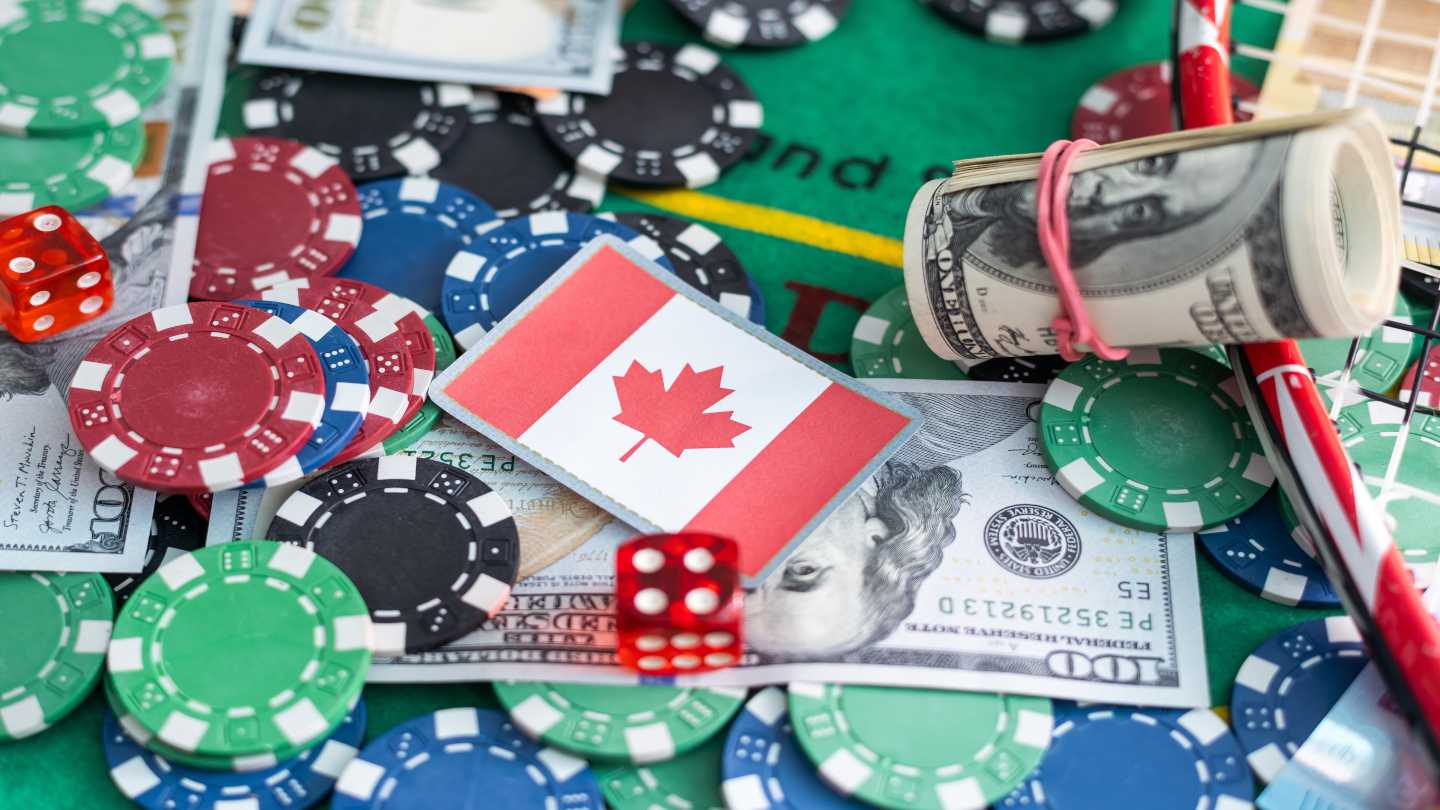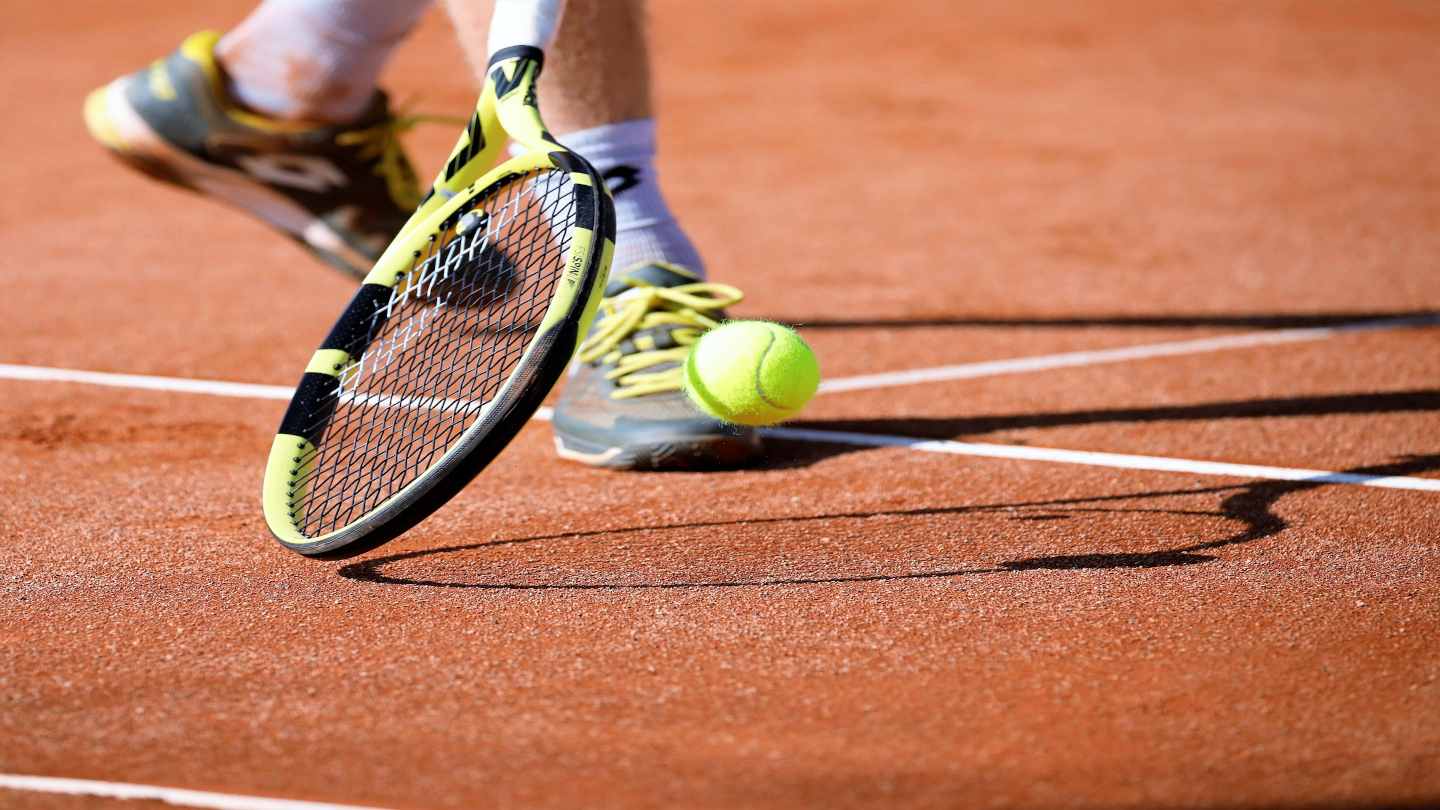Best Poker Strategy Tips for Winners – How to Win at Poker More Often
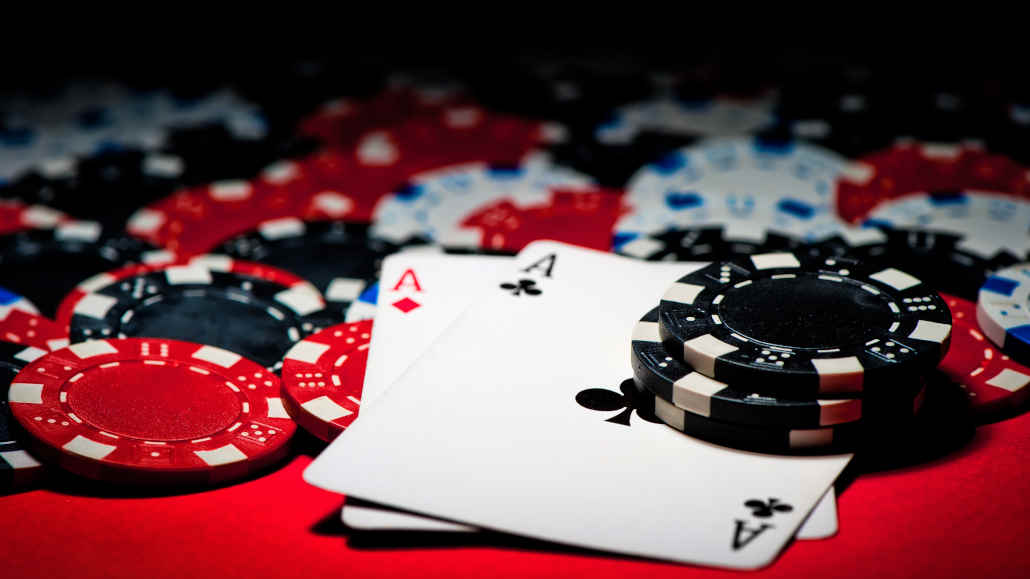
14 minutes
Last Updated: June 25, 2022
Poker is a complex game that requires players to constantly adjust to their surroundings, whether it be different game types, different formats, or different players.
For newbies and even more experienced players, it can be overwhelming to think about all the elements that they need to consider.
However, although poker is a game of adjusting, that doesn’t mean that there isn’t an overall strategy that will help you make money.
Some of the tips in this list might not be optimal in every situation. However, they will work most of the time, which will be more than enough to increase your bottom line.
1. Play Tight & Aggressive
This is one of the most common poker tips, and you will find it in almost all poker strategy articles.
Playing tight and aggressive is part of the “playing solid poker” strategy and implies playing a narrow range of hands and playing them aggressively.
The easiest way to start with this strategy is to download a preflop chart containing the best hands to play from each poker position.
Although these charts won’t make you a crusher overnight, they will help you build a solid base.
Remember, preflop charts are just suggestions, and they won’t give you an answer to all the preflop questions.
They will, though, help you make fewer mistakes preflop and prevent you from getting into too many bad spots post-flop.
After you learn what hands to play preflop, the next step is to play them aggressively. Playing aggressive poker means more betting and less calling.
The main reason why you should play aggressive poker is because it will give you more chances to win pots.
The best way to show how playing aggressively can make you money is with an example.
Let’s say you are playing NL100 6 max.
- You raise $3 from the CO with 7s8s, BT and SB fold, and BB calls with 7d8d.
- The flop comes 2c 9s Td giving you both an open-ended straight draw. The pot is $6.5.
- BB checks, you bet $3, and BB calls. The pot is now $12.5.
- The turn is Ah, and the board is now 2c 9s Td Ah.
- BB checks, you bet $7, and the BB calls; the pot is now $26.5.
- The river is Kc. The final runout is 2c 9s Td Ah Kc, and both you and the BB have missed your draw.
- BB check, you bet $18, and the BB folds. You win the $26.5 in the pot.
Even though you and the BB had the same hand the whole way, because you played your hand aggressively and prevented the hand from going to showdown, you won an extra $13.25. If the hand went to showdown, you would chop the $26.5 with the BB.
2. Don’t Limp
This rule is a part of basic poker strategy and a continuation of the previous tip. As a general rule of thumb, you shouldn’t limp preflop. There are a few reasons why this approach is not a good idea.
Firstly, by limping preflop, you are depriving yourself of the possibility to win the pot without a showdown.
For example, let’s say you are playing NL10 6 max.
You are in the SB, and the action is folded to you. You look at your 9d Td and decide to just call (limp). The action is on BB, who is holding 2c 5s, and he decides to check and see a free flop.
The pot is $0.20.The flop comes 2d As 5c.
You check because you completely missed the flop, the BB bets his two pairs, and you fold. The BB wins $0.20
Now let’s look at the same hand but with a different scenario.
You are in the SB, and the action is folded to you. You look at your 9d 10d and decide to raise it to $0.30.
The action is on BB, who is holding 2c 5s, and he decides to fold because his hand is too weak to call. You win $0.40.

As you can see, just because you decided to raise instead of limping, you won the hand.
Secondly, by limping preflop, you are giving other players good odds to get involved in the pot, which makes your chances of winning the hand go down drastically.
Imagine a scenario in which you are playing NL25 6 max.
The action is folded to you in the HJ. You decide to limp with Tc Td. The CO limps behind you with 7s 7c, with $0.85 already in the middle. The BT is getting good odds and decides to call with 5d 4d.
The pot is $1.10, and the flop comes 5c 5s 6s.
In this situation, you will probably lose a good portion of your stack to BT.
If you raised instead of limping, the CO would call, and the BT would fold, most likely because the odds would be much worse for them. On this board, you would probably get at least two streets of value against CO.
Don’t get us wrong, there are some situations in which the correct move is to limp, but we will be talking about that in a different article.
3. Avoid Slowplaying Good Hands
Putting as much money as possible in the pot with a good hand seems pretty straightforward. So much so that many players think it is a waste of energy to mention it when talking about basic poker strategy,
But in practice, there are so many poker players that are constantly hurting their bottom line by slowplaying big hands when they shouldn’t. This is why we decided to include this poker tip into our overall poker strategy.
If you have a big hand, you should lean towards betting all three streets and betting big to extract as much value as possible. This is especially true for lower stakes, where players tend to be sticky and don’ like folding.
There are a few situations in which you can consider slowplaying. The more you play, the easier it will be for you to recognize these situations.
It is okay to slowplay a big hand in these scenarios:
- When your hand is unlikely to be outdrawn (for example, if you hold QQ on Q72)
- When there is a small number of cards that can scare your opponent from paying you on later streets
- When you are pretty certain that your opponent doesn’t have a good hand (you should give him free cards so he can try to catch up and pay you on later streets)
In situations where you are not sure if you should slowplay, we recommend you don’t. You will encounter a lot of these situations in the beginning. As you gain more experience, it will be easier for you to make the right decision.
4. Don’t Be Shy to Fold
Folding is one of the toughest parts of playing poker but is also one of the most important elements of the Texas Hold ’em strategy.
Knowing when to fold is one of the things that separate good poker players from the average ones.
The first reason why folding is hard is that we don’t get to see what hand the player had, and we don’t get to satisfy our curiosity.
Curiosity is a basic part of human nature. It has led to some of the greatest discoveries in human history, but in poker, it is better to keep it under control.
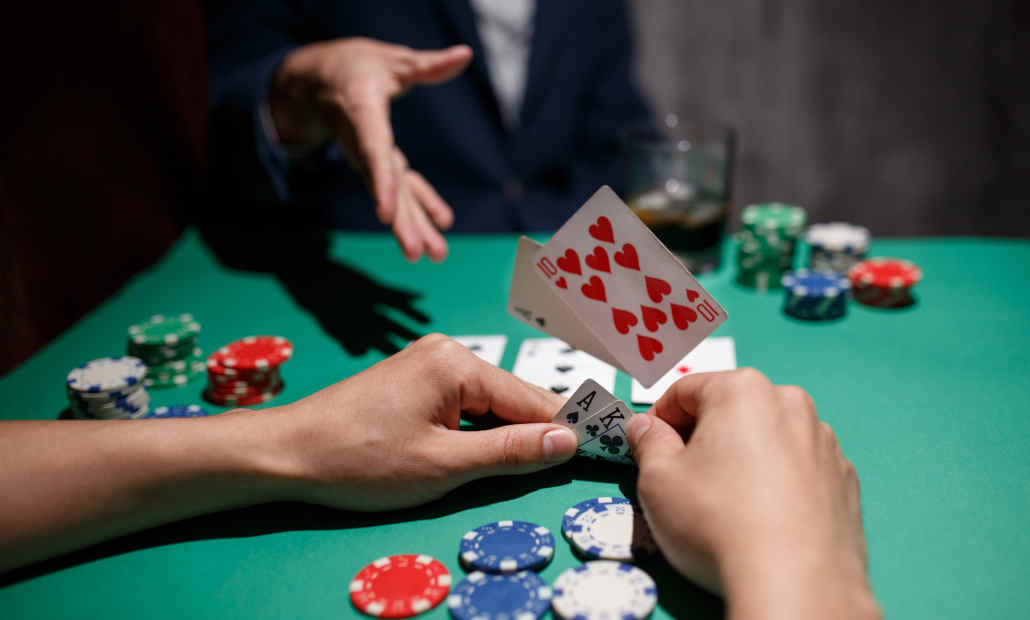
The second reason why folding is hard is that we are forfeiting our hands and accepting defeat. Again this goes against our nature as competitors, especially if there is a lot of money in the pot.
But you should look at it this way: it is better to accept a small defeat than to be stubborn and experience an even greater defeat.
Remember, although it may not seem like it, every time you make a good fold, you are making money in the long run.
5. Attack Capped Ranges
Only a small number of articles that talk about the Texas Hold ’em strategy will advise players to bluff.
And there is a pretty good reason for it. It is a lot easier to value bet and extract value from your opponent with good hands than it is to bluff opponents off hands.
Bluffing is much harder than value betting because there are more factors that you must consider. To execute effective bluffs, you need to pay attention to things like
- The game dynamics
- The number of players in the hand
- Your image at the table
- Opponent’s image at the table
- Your tendencies
- Opponent’s tendencies
However, without implementing some bluffs into your poker strategy, you will have a hard time extracting value with your good hands.
So, how can you create a simple bluffing strategy without going too much into complex stuff?
Well, one of the easiest ways to bluff is to attack capped ranges. This is also one of the simplest bluffing strategies to implement.
What do we mean under “capped ranges?” Well, in poker, we consider a hand to have a capped range when it is not likely for it to contain strong hands based on how the action is unfolding.
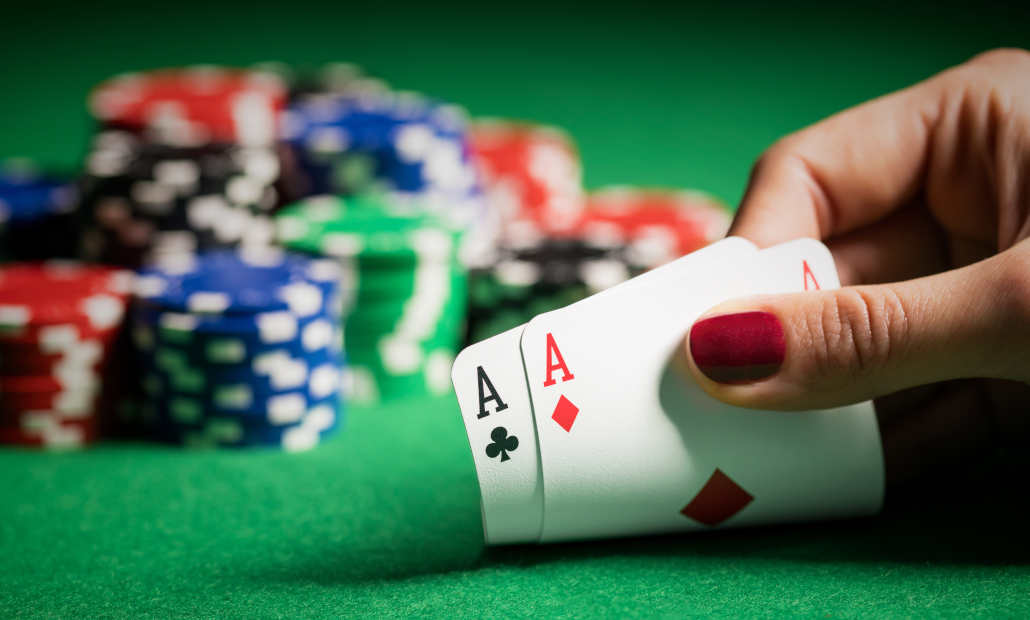
Situations where your opponent has a “capped range” are good opportunities for you to bluff because there is a lesser chance he will call you with a good hand.
To explain a situation in which our opponents have a capped range, let’s look at an example of an NL10 6max hand.
- UTG raises to $0.30, the action fold to you on the BT, and you call. SB and BB fold.
- The flop comes Ad 7d 6s, and your opponent checks.
- In this situation, if the UTG had an Ace in his hand, there is a very good chance he would bet to get value for his hand as well as protect himself from a flush or a straight that could complete on the next streets. So, we could characterize his range as capped.
Now, like everything else in poker, this is not a bulletproof strategy. Some players will check with a good hand in this situation to prevent you from exploiting them, but not all.
Also, just because a player has a capped range doesn’t mean that he won’t call you down with a mediocre hand.
6. Don’t Play When You Are Tired
If you asked us what the number one thing that separates break-even players from the winners was, we would answer that winning players play their A-game or their best game in most of their sessions.
On the other hand, break-even players and even some losing players have a good understanding of strategy but fail to apply their knowledge in most of their sessions. This makes their knowledge worthless.
One of the most obvious reasons for not playing your game is playing tired, which prevents you from concentrating and playing to the best of your abilities.
In most cases, players play tired to try and get in as many hands as possible, hoping that this will help even out the variance faster.
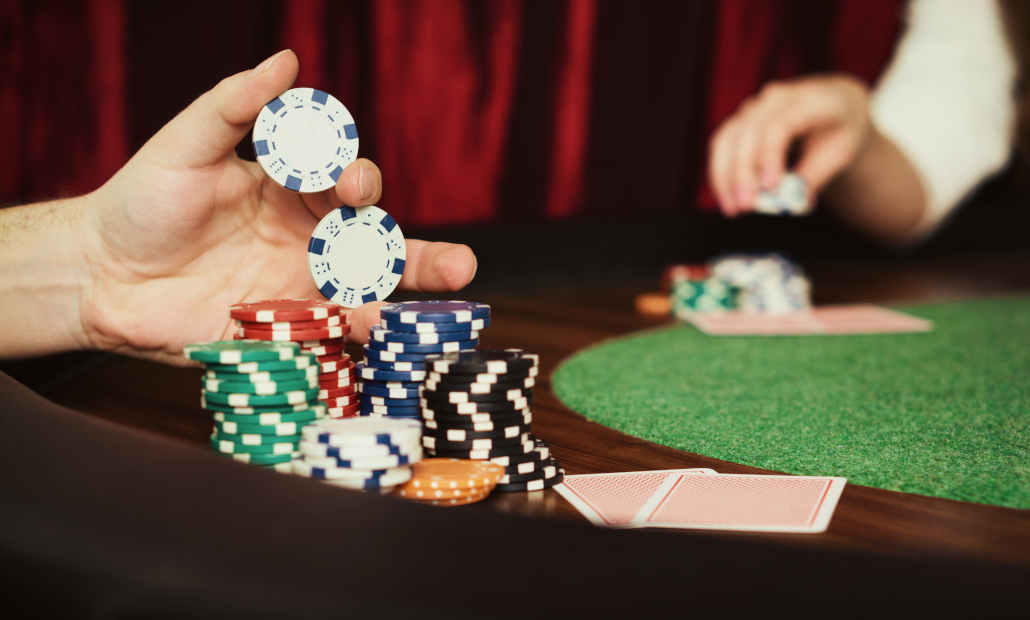
But what they don’t understand is that not playing their best is making the variance even worse and, as a result, prolongs the bad runs even more.
This then makes them doubt their skill and each of their decisions.
We recommend that you play poker only when you are feeling rested and concentrated and to keep your sessions short.
It is better to play an hour a day while you are on your A-game than to play three hours a day with your B-game. This is especially true if you are a beginner.
7. Don’t Play in Bad Games
There is a line in the movie “Rounders” where the main character says: “If you can’t spot the fish at your table in the first half an hour, you are the fish.”
While this statement simplifies things, it is pretty accurate. One of the easiest ways to boost your win rate is to improve your game selection.
Poker is all about making money, and there is no room for ego. Just remember, you can be the 6th best player in the world, but if you are sitting at the table with the five best players in the world, you are losing money.
Another thing to remember is that game selection doesn’t apply just to how good your competition is but also to how high the rake is.
You might not be aware, but you are losing a lot of money to rake, and one of the best ways to mitigate rake is to play on sites that have a low rake and good rakeback.
The ideal situation would be to play against bad opponents on a site or room that has a low rake and good rakeback.
8. Learn Poker Odds
Learning the poker odds will help you base some of your poker decisions on math. You will know what the correct decision from the mathematical standpoint is, and you can then decide if you want to follow the math or deviate from it.
So, how can you apply math to your poker decisions?
First, you need to learn what the odds for hitting the hand you are drawing to are. We will display the odds for the most common situations in the table below.
| Hand | Number of outs | Turn | River | Turn & river |
| Pocket pair to set | 2 | 4.3% | 4.3% | 8.4% |
| Overcard | 3 | 6.4% | 6.5% | 12.5% |
| Inside straight draw (gutshot) | 4 | 8.5% | 8.7% | 16.5% |
| Two pair to full house | 4 | 8.5% | 8.7% | 16.5% |
| Two overcards | 6 | 12.8% | 12.8% | 24.1% |
| Set to full house or four of a kind | 7 | 14.9% | 15.2% | 27.8% |
| Open-ended straight draw | 8 | 17% | 17.4% | 31.5% |
| Flush draw | 9 | 19.1% | 19.6% | 35% |
| Inside straight flush draw | 12 | 25.5% | 26.1% | 45% |
| Open-ended straight flush draw | 15 | 31.9% | 32.6% | 54.1% |
In order to explain how you should read the table, we will take the flush draw as an example.
If you have a flush draw on the flop, the odds of you hitting the flush on the turn are 19.1%. If you have a flush draw on the turn, the odds of you hitting the flush on the river are 19.6%.
The odds of you making the flush on the turn or the river are 35%.
To explain how you can use poker odds to make your decisions easier, let’s look at another example.
You are playing NL10 6max.
- UTG raises to 0.30$, and HJ and CO fold. You are on the BT with Kh Qh, and you call; SB and BB fold. The pot is $0.75.
- The flop comes Ah 9s 2h. The UTG player bets $0.10. To decide if you are getting the right odds to chase your flush draw, let’s do some math.
The pot is $0.85, and you need to pay $0.10 to see the turn.
To determine the pot odds you are getting, you need to divide the amount of money you must pay to see the turn with the amount of money that will be in the pot if you call.
0.10 / (0.85+10) = 0.10 / 0.95 = 0.105% or approximately 10%
In this case, our pot odds are 10%, and the odds of hitting the flush on the turn are 19.1%. So should we make the call or not?
Well, if the odds of hitting your hand are greater than the pot odds you are getting, your call will be profitable. If it is the other way around, your call is not profitable.
Apart from the pot odds, good poker players also base their decisions in these situations on implied odds, but we won’t go that deep into the strategy in this article
9. Specialize In One Poker Format
We recommend that you casually try the three main poker formats, i.e., cash games, tournaments, and sit and go and then decide which one suits you the best.
It is very important to decide at the start of your poker journey which format you want to play and then give it your full attention.
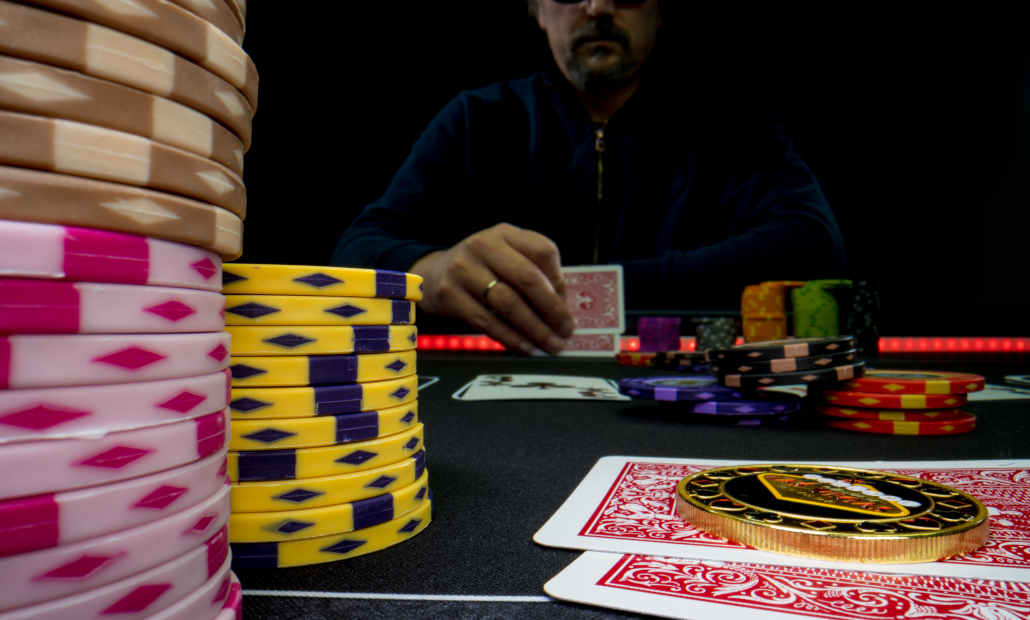
Often, players will play different formats depending on their mood, but if you want to become a winning player, you should stick to one game and one format.
Each poker format has different strategies and dynamics, and even the best players in the world who crush one format can struggle in others.
It is better to be great in one type of game than average in all of them.
10. Take Your Time & Think About Hands
One of the best ways to improve your poker game is to take more time for decisions, even if they seem insignificant.
Taking more time and thinking about hands (even when you are not in the hand) will first help you develop a good thought process.
This will allow you to evaluate your thoughts after the hand is finished to see if you were on the right track or not.
If you are auto-piloting most hands, you are costing yourself a lot of money in the long run. And this is exactly what most poker players do.
Final Thoughts
There is no magic formula for how to win at poker. However, the poker tips and Texas Hold’em strategies that we mentioned in this article are a good starting point, especially if you are a beginner.
As you play more poker hands and gain more poker experience, you will become more comfortable playing the game.
Furthermore, you will have a better understanding of when to follow some of the tips and when to deviate from them.




